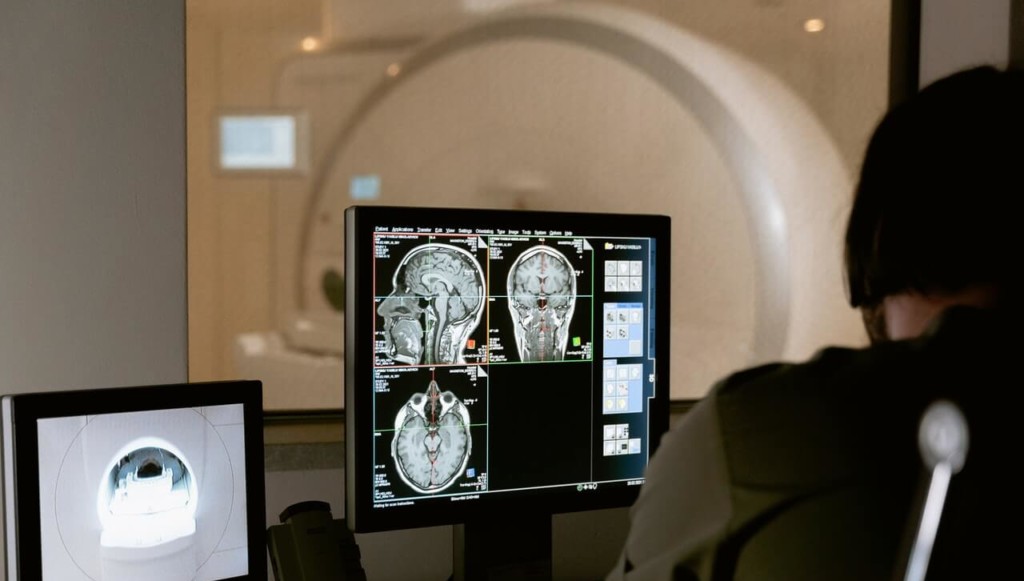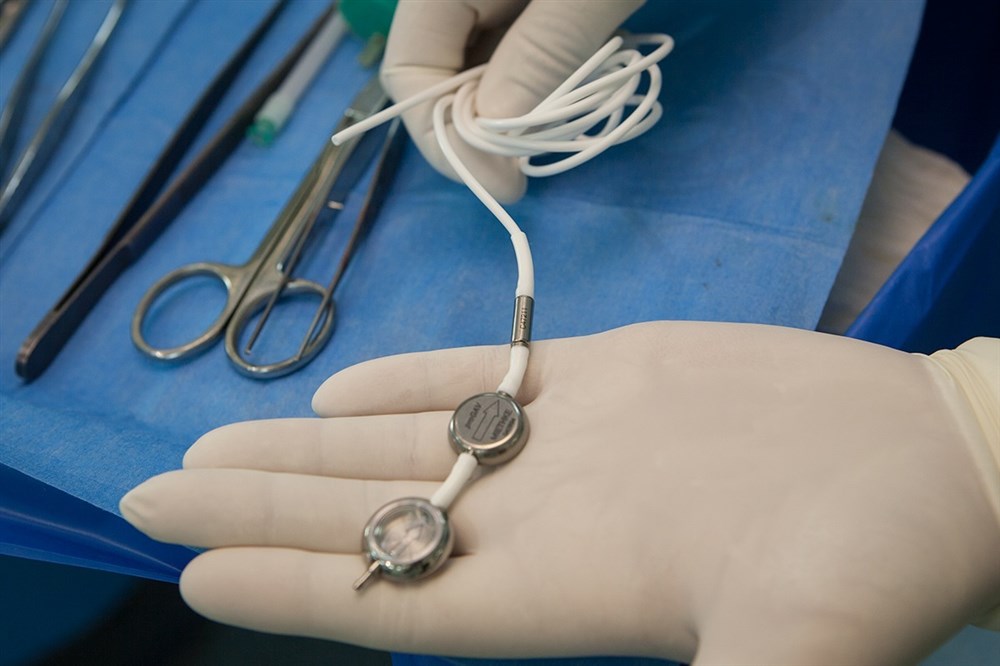Calls for Ukraine
Calls for Europe
Calls for USA

Hydrocephalus is an excess accumulation of cerebrospinal fluid (CSF) in the hollow spaces (ventricles) of the brain. The disease leads to excessive intracranial pressure and an increase in the size of the ventricles. In addition to intense headache, hydrocephalus is accompanied by neurological damage to the brain. The effectiveness of treatment depends on the stage and causes of the disease.
In official medicine, there is a classification of hydrocephalus, according to which it is divided into congenital and acquired. Depending on this, doctors determine the causes of the disease.
According to the WHO, about 700,000 children and adults worldwide are diagnosed with hydrocephalus. Congenital dropsy of the brain affects one in 500 babies.
Hydrocephalus in the fetus can be associated with developmental problems of the central nervous system or with an intrauterine infection. Congenital dropsy of the brain is diagnosed less often than acquired. Usually, at the age of 6 months, pediatricians note that the child’s head circumference and shape is different from the norm (voluminous, elongated skull).
In most cases, acquired hydrocephalus occurs as a result of past diseases:
Also, the causes of hydrocephalus can be craniocerebral trauma and other external factors.
Hydrocephalus can manifest itself in different ways depending on the age of the patient and the stage of the disease. The most common symptoms of dropsy of the brain:
Specific signs of hydrocephalus include:

To identify signs of hydrocephalus, first of all, a doctor’s examination is necessary. A neurologist may prescribe the following examinations:
If hydrocephalus is not treated, the disease leads to serious disorders in the central nervous system, intellectual activity and even death. It all depends on the degree of brain damage due to increased intracranial pressure.
In medical practice, there have been cases when, with constant drug therapy (at the earliest stage), patients took drugs for 10-20 years and their health condition did not worsen.
At later stages, neurosurgical and reconstructive operations return a person to normal life without limiting its duration.
Doctors prescribe treatment for dropsy of the brain, depending on the reasons that cause disturbances in the circulation of cerebrospinal fluid. Options for conservative and surgical treatment are possible. The main goal is to eliminate the excess accumulation of cerebrospinal fluid in the skull.
Drug therapy is used to relieve symptoms and improve the quality of life of patients. However, doctors often prescribe diuretics.
If the symptoms are severe, then conservative treatment will help slow down the course of the disease, but will not eliminate its cause. The most effective method is surgery to restore CSF dynamics.

For congenital hydrocephalus, surgery is the key treatment. Doctors perform surgery if the patient is diagnosed with a tumor process in the brain, intracranial hematoma or abscess.
Bypass surgery (ventriculoperitoneal bypass surgery)
During the operation, the doctor implants a shunt system, which allows excess cerebrospinal fluid to be removed through a thin silicon tube from the brain to another part of the body (usually the abdominal cavity). From here, the fluid is absorbed into the bloodstream. The shunt consists of a catheter and a valve to control the rate of CSF outflow and to maintain normal intracranial pressure.
Examples of prices for bypass surgery for hydrocephalus treatment:
Endoscopic surgery
Endoscopy for hydrocephalus is one of the priority treatment methods in modern neurosurgery. Doctors use several types of surgical treatment with an endoscope:
In some cases, patients need additional surgical interventions. Such a need arises in the presence of concomitant diseases and severe deformity of the skull.
Craniotomy
A surgeon may do this for hydrocephalus to remove a brain tumor, a blood clot, and control blood flow from a weak blood vessel (aneurysm). The method can be used to restore arterial-venous anomalies, drain abscesses, relieve intracranial pressure and brain biopsy.
Examples of prices for craniotomy in clinics in different countries:
Cranioplasty
This is a type of corrective surgery that a doctor performs after a craniotomy to restore the skull to its normal shape. Cranioplasty for hydrocephalus has aesthetic value and has a protective function for the brain after major surgery.
The final price for the treatment of hydrocephalus is formed based on the diagnostic procedures and treatment methods selected by the doctor. Each case is individual, therefore, the cost is influenced not only by the pricing policy of the clinic, but also by the entire range of medical decisions for the patient.
Please rate the work of MedTour
